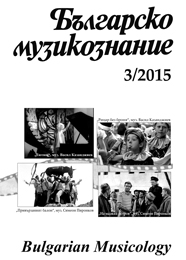
We kindly inform you that, as long as the subject affiliation of our 300.000+ articles is in progress, you might get unsufficient or no results on your third level or second level search. In this case, please broaden your search criteria.

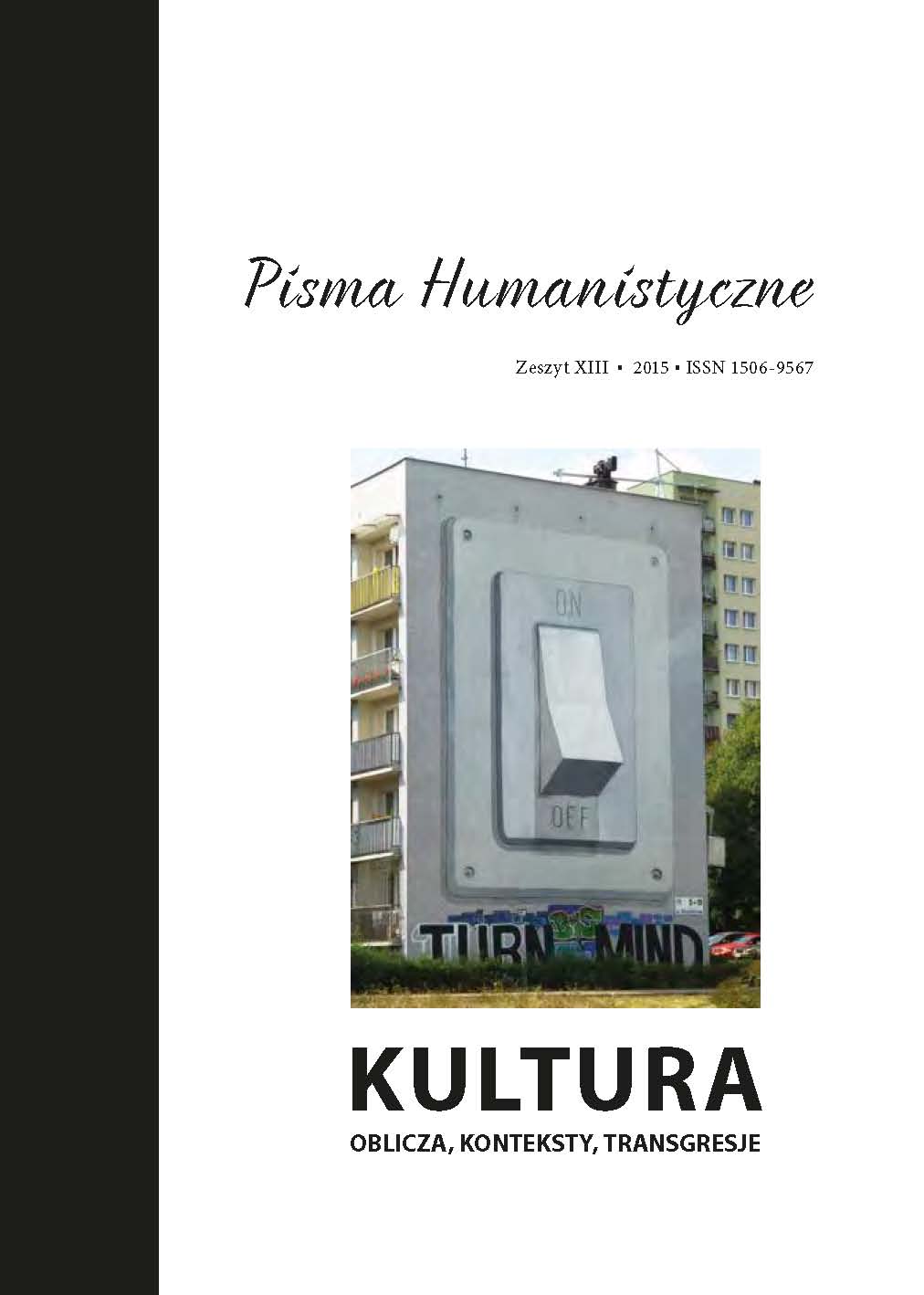
The aim of this article is to show some basic iconographical problems that early modern artists had when they wanted to present a historical theme in their works. Despite the growing number of articles and books focusing on the historical consciousness and reflection on the history in the early modern times, we still observe a deficiency in analyses of a visual side of the history in art. Basing on several catchy judgments of Vasari or Moliere, it is often said that since the Renaissance, the Middle Ages with their art and culture were at least neglected, if not despised. We can state however that both artists and aesthetes often underlined importance of old artworks, which has been expressed clearly by Bernard de Mountfacon, who in the preface to his great work describing French monuments wrote that they “help to enlighten history and customs of the first kings”.
More...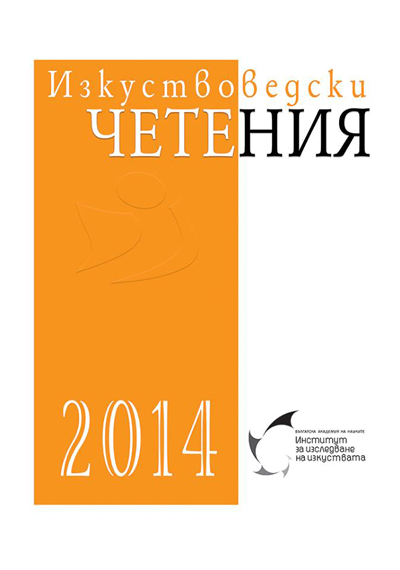

The latest special phenomenon in the nineteenth-century art was assuming a new attitude towards the preparatory stages in the work, an emanation of a Renaissance artist, being a quantum leap from the compulsory Hermeneia (Painter’s Manual also known as Painter’s Guide of an Orthodox icon-painter) in the painter’s non-commissioned artworks. The paper deals with three sketchpads of several generations of icon-painters from Bansko, kept at the Ivan Dujčev Center for Slavo-Byzantine Studies, University of Sofia. The firs and the most significant one is that of the founder of the Art Centre of Bansko, Toma Vishanov- Molera, dated personally by him form 1786. The second one has been signed by Mihalko Uvanov Golev, and the third one probably belonged to Dimiter Sirleshtov. The attribution of authorship is tentative, to a degree, as the other abovementioned icon-painters have made drawings on blank sheets along with Dimiter Molerov. Among the drawings, models for various subjects occur, some of them realized in murals or icons. A substantial part of these has been used for training.
More...
The image of circus performers has been most interesting and dramatic until the 1950s, when they have been marginalized by the post-war culture, becoming an object of socially committed photography. In 1958, a rookie member of the Magnum photo agency, Bruce Davidson took pictures of the Clyde Beatty Circus in his series The Dwarf, which became emblematic of the subject. Davidson used the devices of photography to show the effect of the costumes, masks and gestures of his protagonist, the dwarf clown, to make him an epitome of an outsider. The psychological and social streaks intertwine, offering an opportunity for a number of various interpretations. Treated in terms of Pierre Bourdieu’s field, habitus and symbolic capital, in terms of their significance these take the place of the sets and numbers, being the personal symbolic capital of circus performers. Through it, in the field of continuous travelling, communal life ad anonymity, habitus is represented: estrangement from the value of material benefits, concealed or exaggerated emotions in communicating, the choreographed use of facial expressions, single-plane communication with the audiences, lack of comprehension of the accomplishments of an artiste.
More...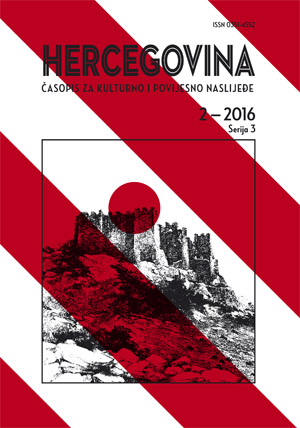
Immediately after the consolidation of government, the Communist Party, recognizing the importance of the education system as a socialization medium, began its transformation in which very important role was attributed to the formation of a new "socialist man". Adhering to the motto that "an illiterate person stands out of politics", a broad campaign of eradication of adult illiteracy was started, organizing different levels of courses, reading groups, folklore groups and other forms of amateur organizations, which was a responsibility of educational departments of National Committee. General national enlightenment contributed to the radio and film production of carefully selected films like "The Defense of Moscow", "Liberation of Czechoslovakia", whose viewing was controlled by national authorities. In fact, the entire education system was subordinated to the single objective of building a collective identity that was supposed to ensure the legitimacy of the current government based on its leading authority role in NOB (National Liberation War). School naturally served as an important ideological apparatus in the education reform, having in mind its key role of a mediator in the interpretation of social reality. Therefore, great attention was paid not only to building of a widespread school network, but also to personnel policy and curricula that were abundant with "national liberation" themes and glorification of the role and person of Josip Broz. A special function was planned for history teaching that was to serve in the construction of the past through the prism of common historical memory. The complexity of this process in a multinational community as was the second Yugoslavia/Herzegovina resolved in selective memory or the antonymy such as memory vs. oblivion. Besides, the goal of teaching was not just the acquisition of knowledge, but also the empathy of students for specific topics in order to turn their knowledge into a way of thinking and living. Therefore, since the task of school was to raise similar ideological followers of the existing government, with great distrust was looked at religious education which, in fact, represented the only worldview "opposition" within the strictly controlled school system. Despite many legal restrictions and the regime's torture, catechism still managed to survive the first years as an elective course up to 1952, when it was expelled from public schools on the grounds that religiosity was personal matter of an individual, and that the school as an educational institution must be based on scientific grounds.
More...
Non-formal musical education provided by art/music schools is a relevant scientific field – it significantly contributes to the development of a creative, responsible and open personality and fundamental change in society. It should be noted that the educational process in art/music schools builds on stable and traditional principles, schools have become less attractive and current trends show that the number of pupils has been falling. The research problem was formulated on the basis of the above mentioned reasons. The aim of the paper is to analyse the opinion of art/music school graduates about the educational process and trends there. The topic has not been investigated in Lithuania yet. The research showed that the trends in organising the educational process in art/music schools are mostly affected by the teacher-pupil interactions, the assessment of pupils’ advancement and achievements and the peculiarities of organising public assessment/examinations. The research data could be used aiming to optimize the educational process in art/music schools.
More...
Art is demontrative means of measure of dominance of whole of material and moral values that made up through development process of communities. Features of nature people live in, needs of human being and human being nature relations, birth-death reality and after death life beliefs have important roles in formation of culture. In this context, figurative abstraction approach had taken a start in the Archaic periods and this view evolved through several processes and from the by end of XIX. century to nowadays had been produced from different construals by artists, within alignment of human being and nature.
More...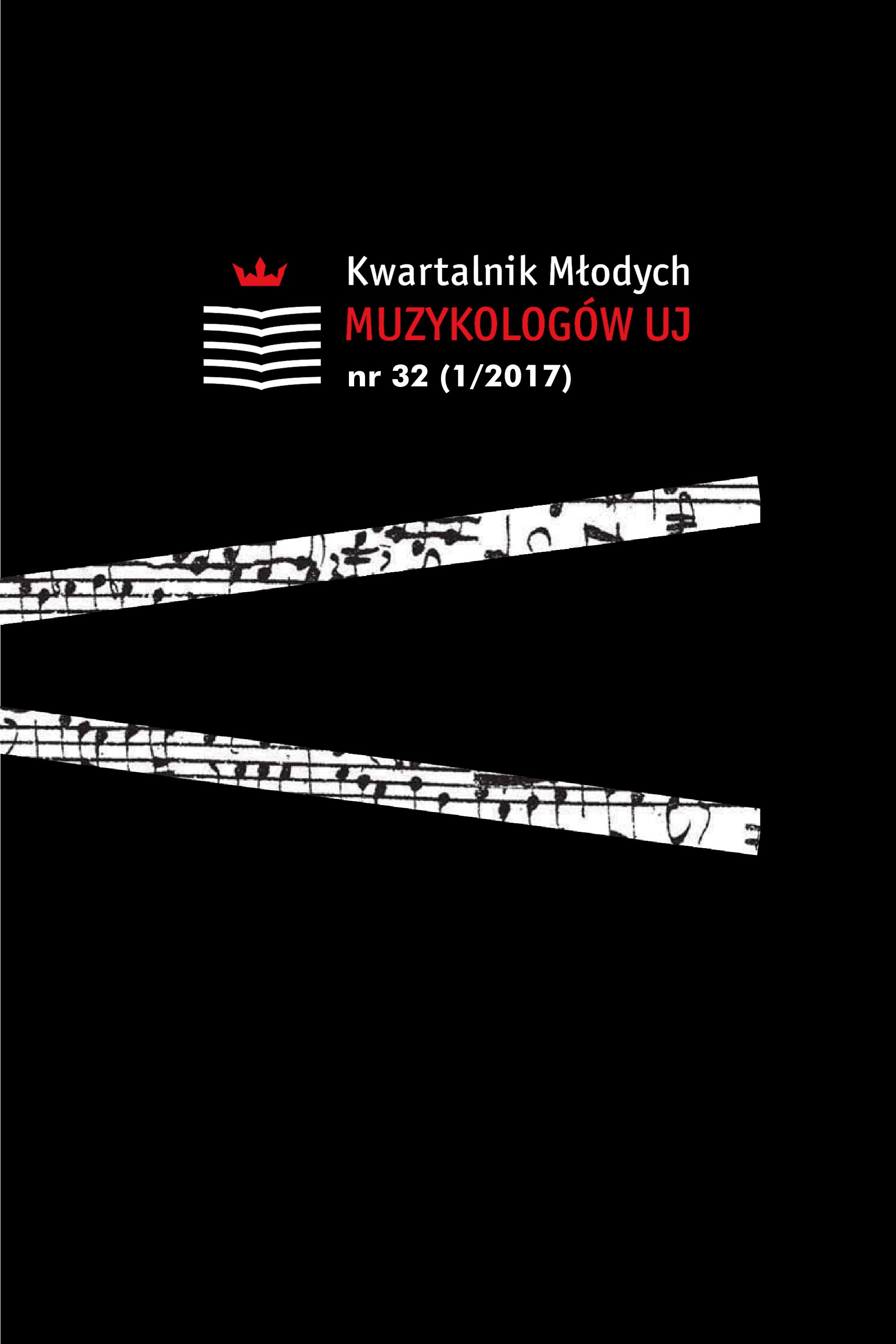
As many researchers claim, we live in the era of intertextual works. The analysis of the 3rd Symphony “Circus Maximus” by the American composer John Corigliano definitely proves this statement. The sym- phony, finished in 2004, had been commissioned by Jerry Junkin – the conductor of the Wind Ensemble and Director of Bands at UT Austin. It is said to be an example of program music. Corigliano’s main purpose was to show connections between the past (Rome Empire) and the contemporary world. The composer notices that animalisation and coerciveness are characteristics of people living in these two eras. The composition consists of eight movements and is written for wind ensemble and percussion. The aim of this article is to show intertext- ual connotations and references present in the composition, such as: allusions, stylization, reminiscences, and memory of genre. In order to achieve this aim, the author used the Mieczysław Tomaszewski’s systematics of music-in-music existence. Moreover, similarities to Gustav Mahler and Charles Ives’ compositions are shown.
More...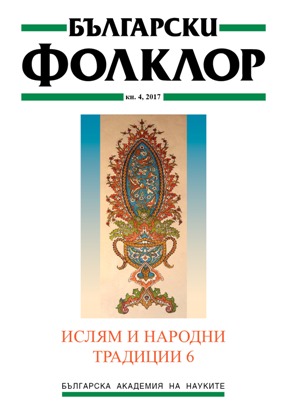
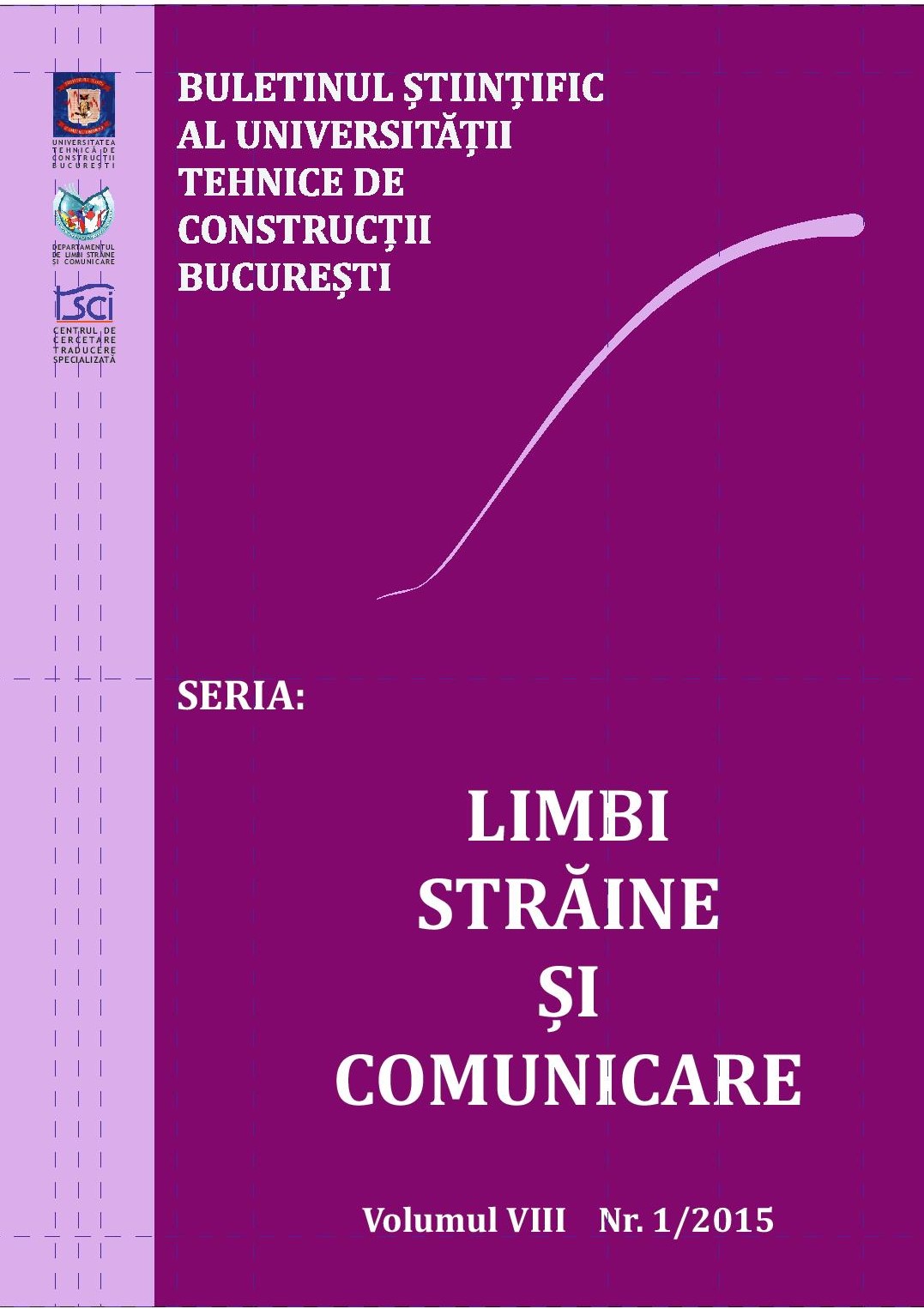
In this article I intend to approach various aspects concerning the “translation” of literatures into film and the variety of transformation requested by this kind of modern adaptation. The first part of the article intends to give an answer to questions such as how can texts change into filmic image, what makes fiction become film, how could one make the translation from words to image? In a second section of my paper I will focus on the controversies raised by the relations established between literatures and cinematography, with a focus on the issue of fidelity of the cinematic expression to the literary source, the restriction the concept of fidelity supposes and the power of innovation of the cinematography.
More...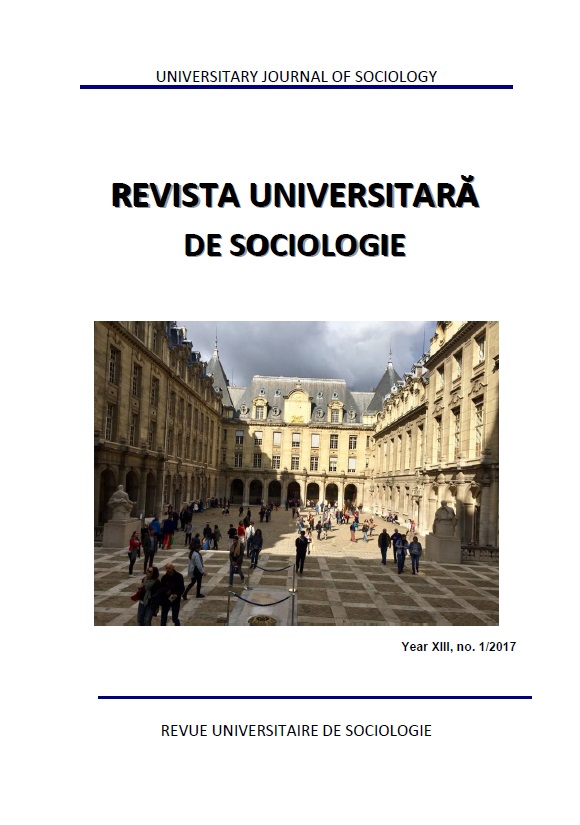
Self-portraits dominate the work of the artist Nikolay Ruschukliev. The text analyses the stages which the genre preferences characteristic for this artist go through in the context of the relationship between self-portrait and the concept of life’s meaning and changes in its content. It also traces how the artist manages to commit to his conscious choice permeating his whole existence to create self-portraits and his reasons for having the "meetings" with himself. It is an attempt to answer questions posed by the paradoxical inverse relationship between the size of the synthesised messages to the world in which the artist lives and his ability to give sincere and honest answers to simple questions addressed to and from his self. Addressed are the issues how the ideologically provoked thresholds in life after filtering are transformed into an act of defence of personal truth, and why that very "self-awareness" is the necessary prerequisite for the achievement of this truth. The idea sustained is that the self-portraits of Nicholay Ruschukliev may be the key to understanding its transformation into genuineness about the world ... whereas the viewer who has touched this world "sinks" in the reflection of their own emotions, feelings, desires and fears.
More...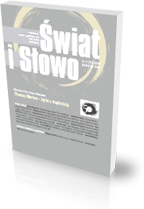
“The Enigma of Kaspar Hauser” by Werner Herzog could be treated as an allegory of the human condition, akin to the vision of writers belonging to the broadly defined existentialist tradition – as far as the world vision and the conception of man, presented in the movie, are concerned. As the aforementioned allegory we can treat life history of the movie’s protagonist, Kaspar Hauser, the child of nature, thrown by an unknown dark force into completely incomprehensible for him human civilization, into the world of an absent – or negated – Absolute. It’s best formulaic description – “the empty Transcendence” – we can find in the poetry of Bolesław Leśmian. To some extent Herzog’s work could be treated as an evocation of so understood transcendence and as an expression of the existentialists’ diagnosis of our human fate: the man comes out of darkness and in the darkness he finds his ultimate destination.
More...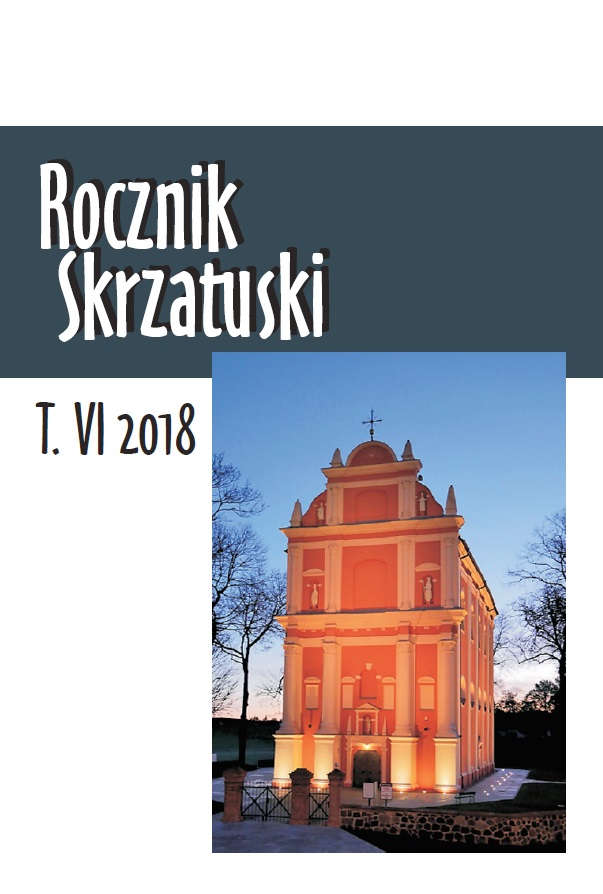
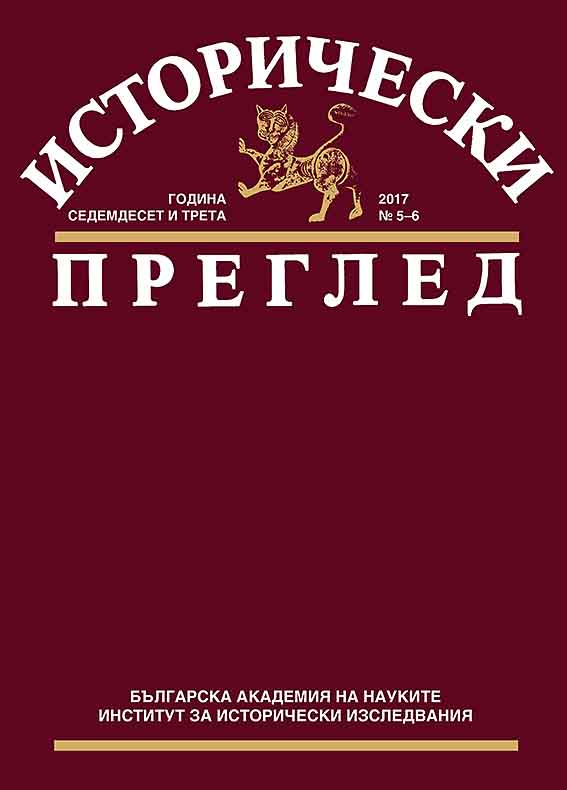
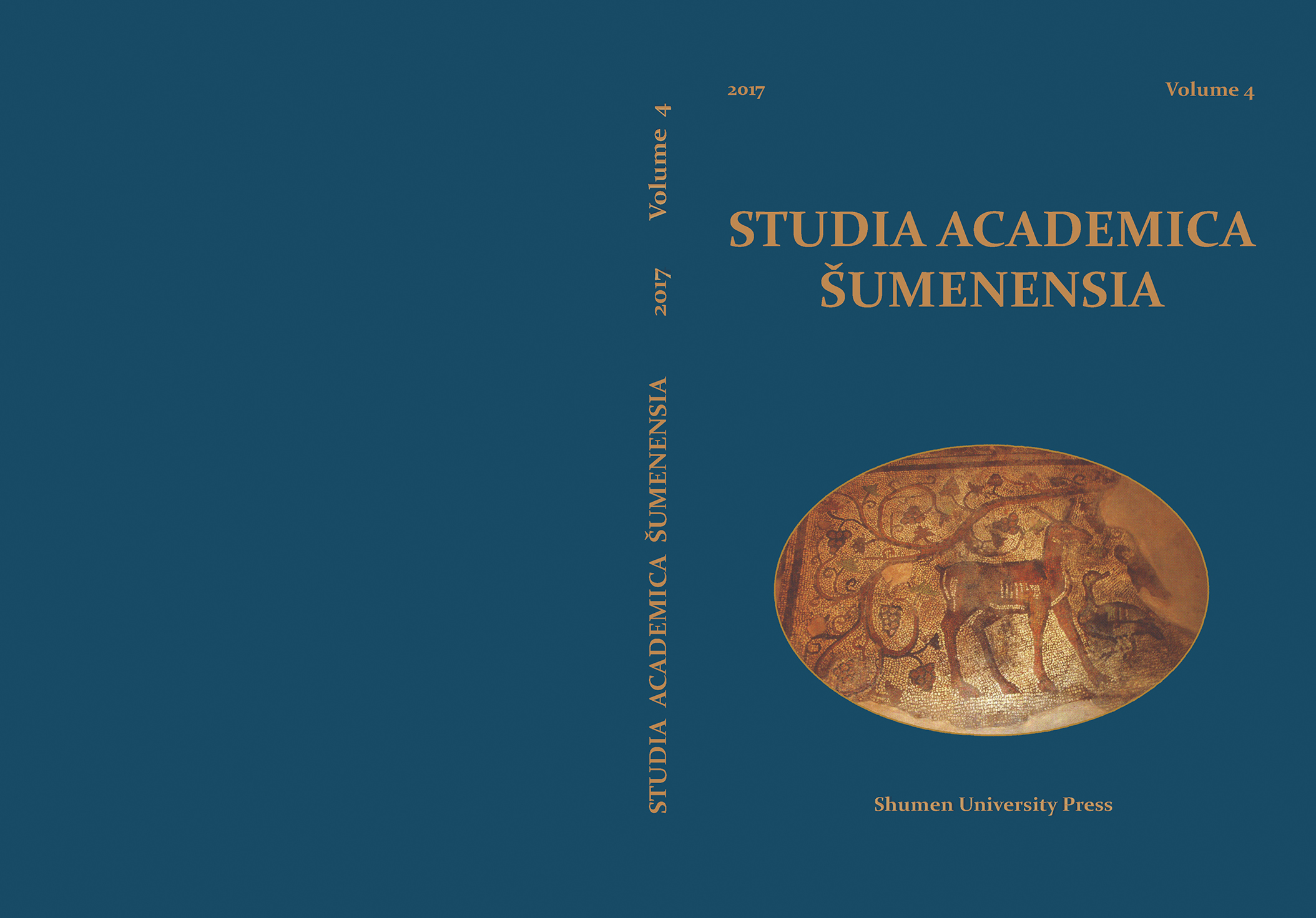
This paper refers to the sculptural monuments with depictions of myths from one of the cities in the province of Thrace - Augusta Traiana. In the city and its territory have been discovered the representations connected with Apollo myths – the Metamorphosis of Daphne and the Punishment of Marsyas; also some with the Heracles Labours and one of Orpheus among the animals. The paper discusses the function of these sculptural monuments, as well as their iconography and style features. The monuments from Augusta Traiana reveal a very good example of the existence of mythological subjects and representations in a Roman city and its territory. These depictions find their natural place in the city itself. It is inhabited by people of different origin, but they all live in a cultural milieu, in which the Greek mythology is well known. These mythological representations are spread in the territory of Augusta Traiana under the influence of the Greek oriented city culture. They are met and used in different contexts by the various representatives of the provincial society.
More...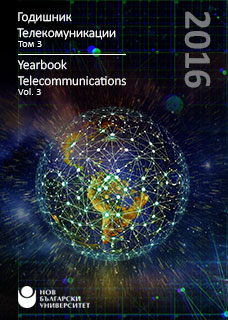
Purpose: To research features of TV programming regarding the presence of Bulgarian films on the TV screens Results: Proves that commercial TV programming is deliberately aimed at the most uneducated part of the audience and meets its needs. This was achieved via one year monitoring of the leading Bulgarian TV stations. Contributions: This research exposes a huge problem in the promotion of socio-cultural patterns of behavior and mass culture. Everybody can do as they wish, as long as they win, as the neo-liberals say. The problem is that the cost of forced mediocrity will then be paid by everyone.
More...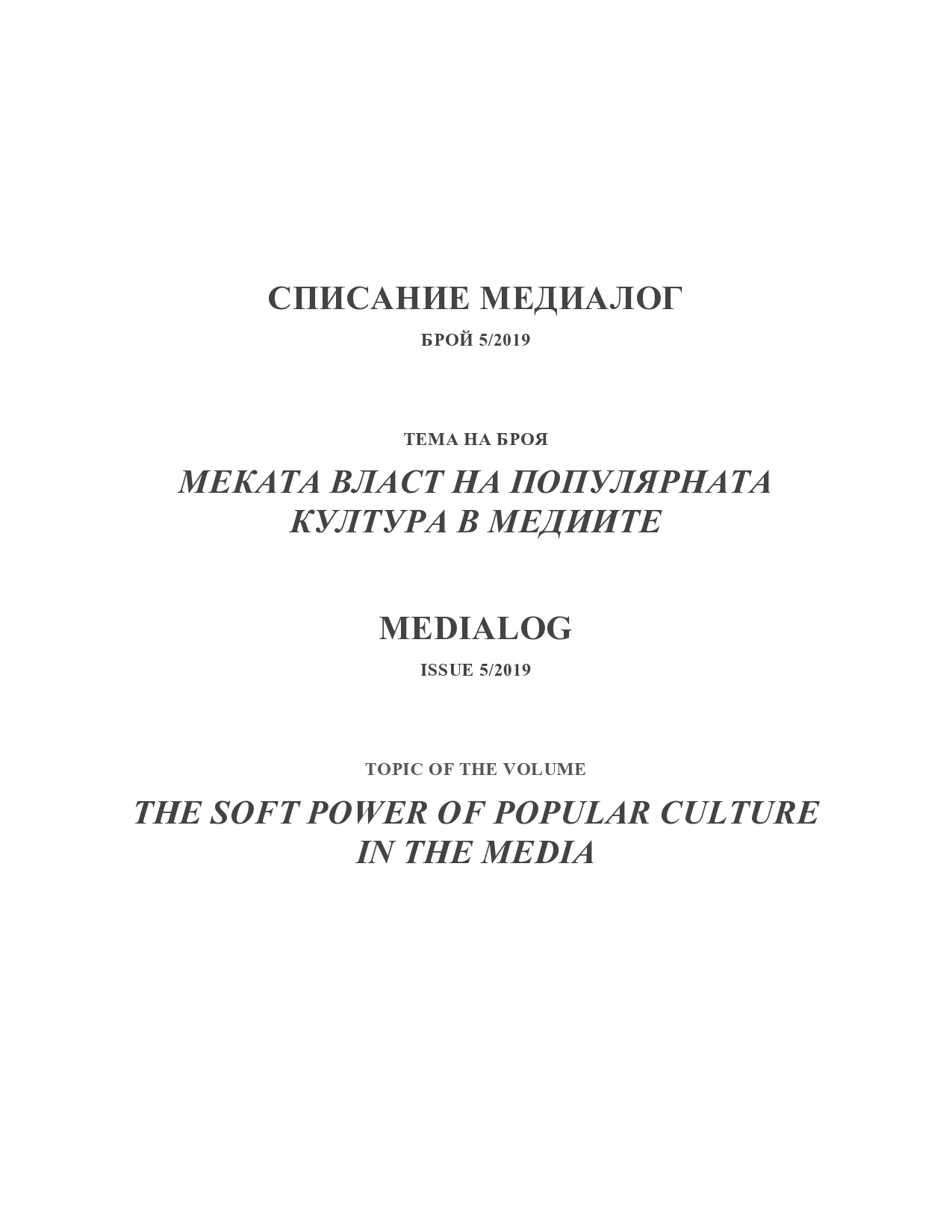
12th Central and Eastern European Communication and Media Conference (CEECOM 2019), from 19th to 21st June, 2019. The focus of CEECOM 2019 was the strategic and practical aspects of managing communications, thus establishing a wide interdisciplinary foundation for works in the field of communication, media studies and political sciences. The aim of organizations was to bring together a number of scholars with diverse backgrounds to exchange ideas regarding the present and the future of communication endeavors.
More...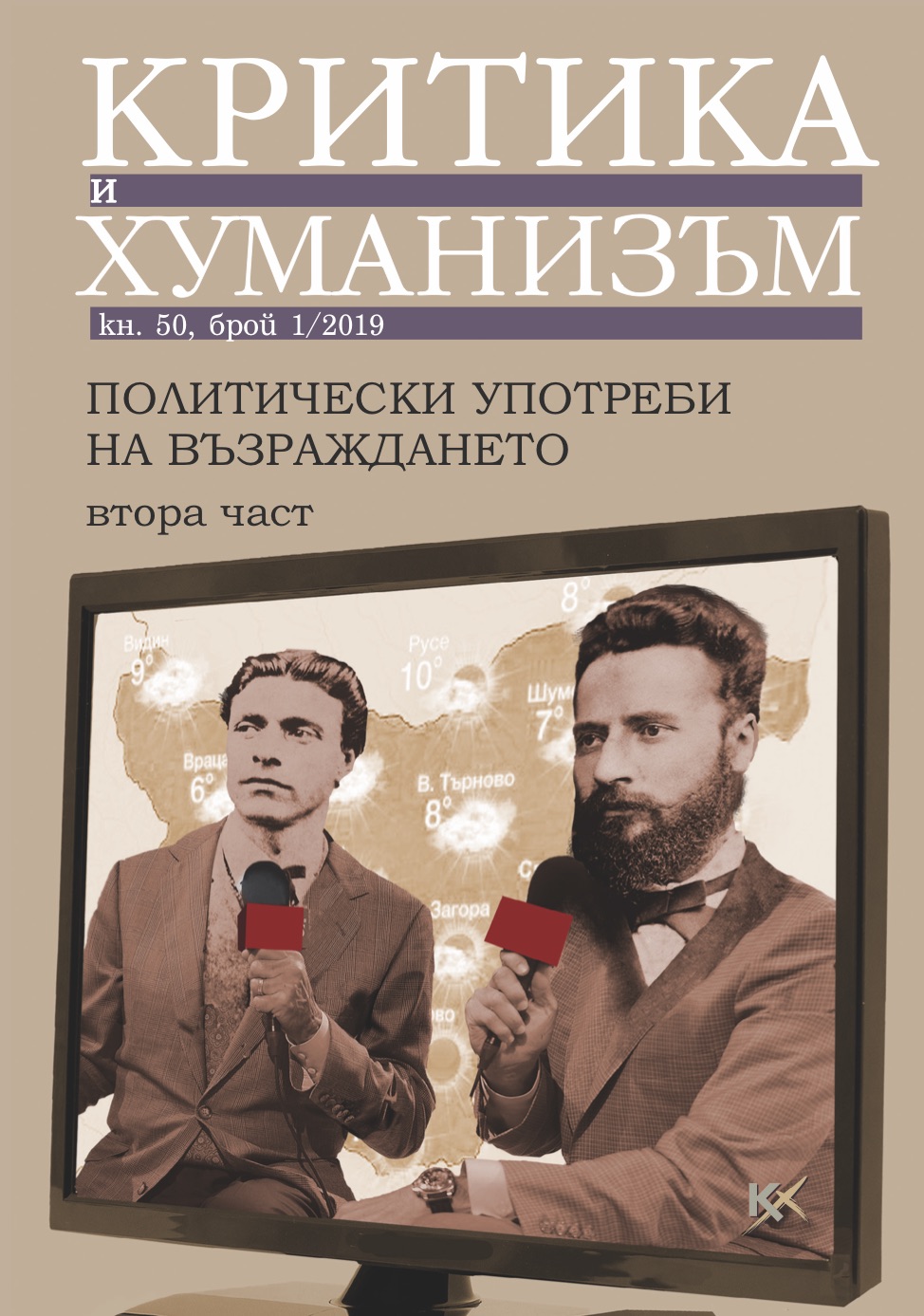
What happens when the genre you are developing dies? What happens with the Estrada musicians when the whole industry of socialist Estrada entertainment dies with the abandonment of the word ‘Estrada’? The text summarizes the results from a research of 10 newspapers, 2 online publications and the so called music reality TV shows on Nova TV and bTV as well as ‘The best years of our lives’ show on BNT in the period 1990 – 2017. The music contests add another category which the contestants abide by: ‘we must be proud as nation’ – the country is not doing well, but we are a nation of talented singers. The main results show that the musicians recreate this specific ‘national mystical language’ as Milena Iakimova defined it (Iakimova, 2011:76). The fault for the state of the Estrada music after 1990 is in ‘our own media’ which don’t play their music. Patriotism is seen as a main strategy for their role on the stage of the folk entertainment.
More...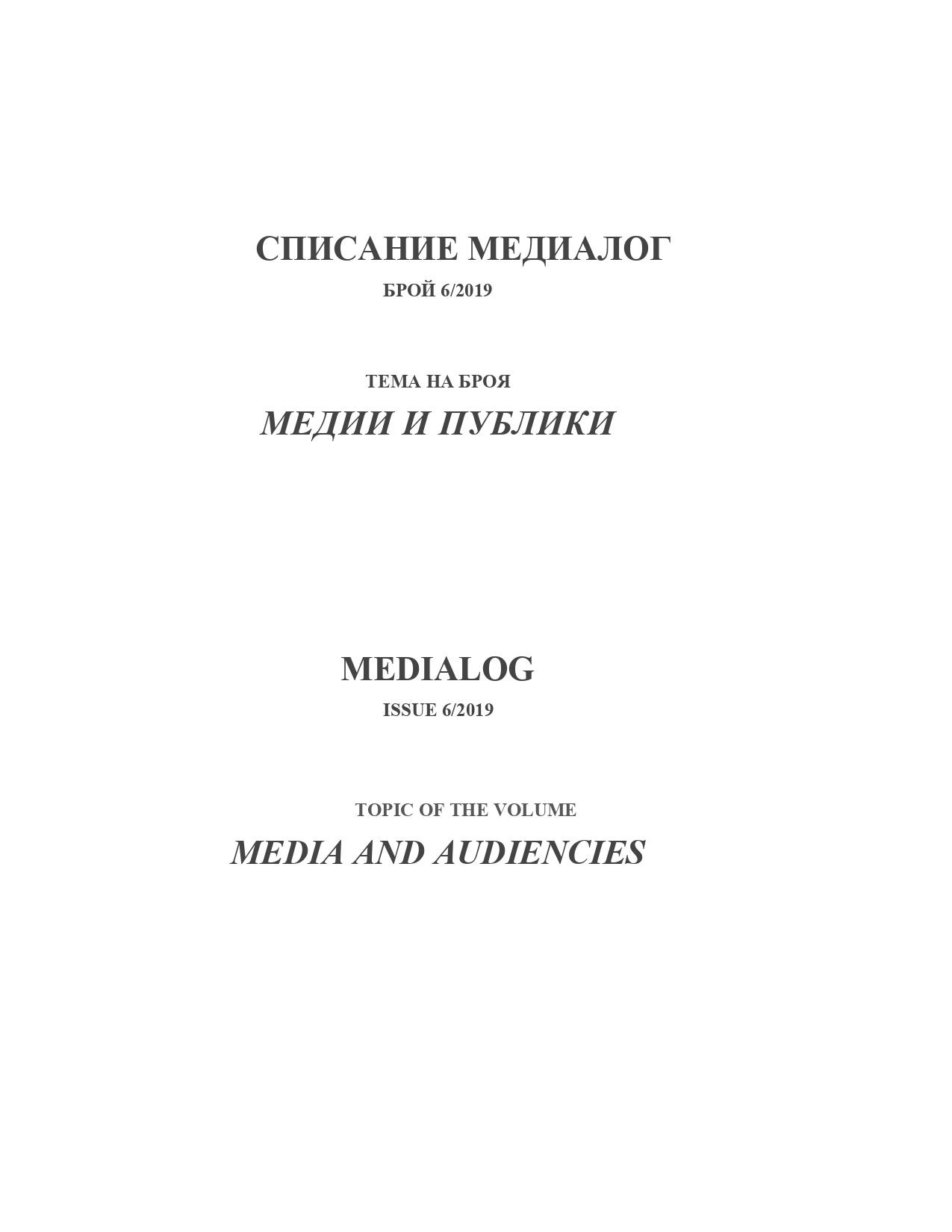
This article looks for an answer to the questions how specific media and musical texts and figures (scripts, shows, songs, singers, hosts) are perceived by the audience, i.e. reception. How power narratives, reflected in media and music, and power media practices take on a life of their own, outside of media context and channels from top to bottom – folklorization. How low media-musical idioms, which can be in dissonance with the official ones, flourish from the bottom to the top. Several cases related to the media reception of folk singers (Petkana Zaharieva, Mita Stoycheva, Gyurga Pindzhurovа) and their newly created songs are considered.
More...